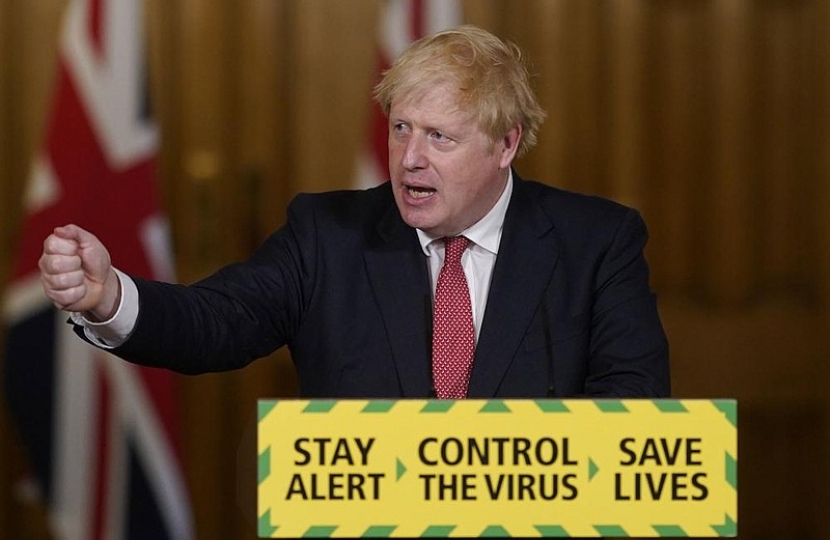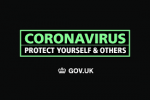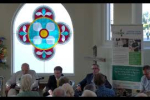
The Prime Minister has set out the UK's next stage of recovery from Coronavirus.
To mark our steady progress against the Coronavirus, the PM has announced the next stage of openings from 1st August.
For 3 weeks now, the number of new cases identified through testing each day has been below 1,000 and the latest SAGE advice is that, across the UK, the R rate remains between 0.7 and 0.9. SAGE also assess that the number of infections is shrinking by between 5 and 1 per cent every day.
This means that the UK can continue to follow our plan to come out of lockdown and to resume normal life as much as as possible in a responsible and gradual way. From May 11 onwards, this plan has been conditional, and it remains conditional. The timetable set out below is entirely dependent on our ability to control the virus and to continue to protect the NHS.
The shielding programme for those most at risk in England, the clinically extremely vulnerable, will be paused at the end of this month. We will stay constantly vigilant and be sure to restart shielding at any point if required.
Throughout this period, we will look to allow more close contact between friends and family when we can. The PM hopes to allow a more significant return to normality from November at the earliest – possibly in time for Christmas.
As the Prime Minister said -
Hoping for the best, but planning for the worst – and it’s in that spirit that we must carry on waging this long, hard fight against Coronavirus.
A number of new announcements were made including:
- Timetable for re-opening - the government also plans to lift the remaining national measures which have restricted our lives since March so we can get back to something closer to normal life. The timetable set out is conditional. It is contingent on everyone staying alert and acting responsibly.
- Public transport - anybody may use public transport, while of course encouraging people to consider alternative means of transport where they are available.
- Sports facilities - from 25th July indoor gyms, pools and other sports facilities can reopen.
- Back to work - from 1st August employers will have the discretion to make decisions about how their staff can work safely. That could mean continuing to work from home, or it could mean making workplaces safe by following Covid Secure guidelines. Whatever employers decide, they should consult closely with their employees, and only ask people to return to their place of work if it is safe.
- Beauticians - from 1st August all close contact services such as beauticians will resume.
- Leisure and arts - from 1st August most remaining leisure settings, namely bowling, skating rinks and casinos will open. Indoor performances to a live audience will also restart, subject to the success of pilots, and we will also pilot larger gatherings in venues like sports stadia, with a view to wider reopening in the Autumn.
- Schools - In September, schools, nurseries and colleges will be open for all children and young people on a full-time basis, as planned. And universities are also working to reopen as fully as possible.
- Conferences and stadia - from October, we intend to bring back audiences in stadia and to allow conferences and other business events to recommence – again, these changes must be done in a Covid Secure way, subject to the successful outcome of pilots.
- Nightclubs and soft play areas - will sadly need to remain closed for now, although this will be kept under review.
- Local restrictions - the PM announced a new framework for containing and controlling future outbreaks by granting new powers to local authorities in their areas.
- They will be able to close specific premises, shut public outdoor spaces, and cancel events.
- These powers will enable local authorities to act more quickly in response to outbreaks, where speed is paramount.n
- However, action by local councils will not always be sufficient so the government will also publish draft regulations which clearly set out how central government can intervene more effectively at a local level.
- Where justified by the evidence, ministers will be able to close whole sectors or types of premises in an area, introduce local “stay at home” orders, prevent people entering or leaving defined areas, reduce the maximum size of gatherings beyond national rules, or restrict transport systems serving local areas.
- Testing - has increased from fewer than 2,000 tests a day to more than 200,000 tests a day today.
- Data suggests we are now carrying out our tests more than anywhere else in Europe
- Anyone, anywhere in the UK with symptoms can get a test without delay.
- We are also testing increasing numbers of people who don’t have symptoms but who are at higher risk.
- As we approach winter, we will further increase testing capacity to at least half a million antigen tests a day by the end of October.
- NHS winter readiness - it is possible that the virus will be more virulent in the winter months and the NHS will face the usual, annual winter pressures.
- The number of ventilators available to patients across the UK has increased from 9,000 before the pandemic to nearly 30,000 now.
- There is also now a secure supply of PPE for the NHS and social care.
- The government will be rolling out the biggest ever flu vaccination programme in the history of the U.K.
- Funding for NHS - the PM confirmed an additional £3 billion of NHS funding in England to get ready for winter.
- Scotland, Wales and Northern Ireland will also receive additional funds.
- This will allow the NHS to continue to use the extra hospital capacity acquired from the independent sector and also to maintain the Nightingale hospitals until the end of March.
- This new funding comes on top of the additional £30 billion of funding for health and social care that we have already announced this year.


